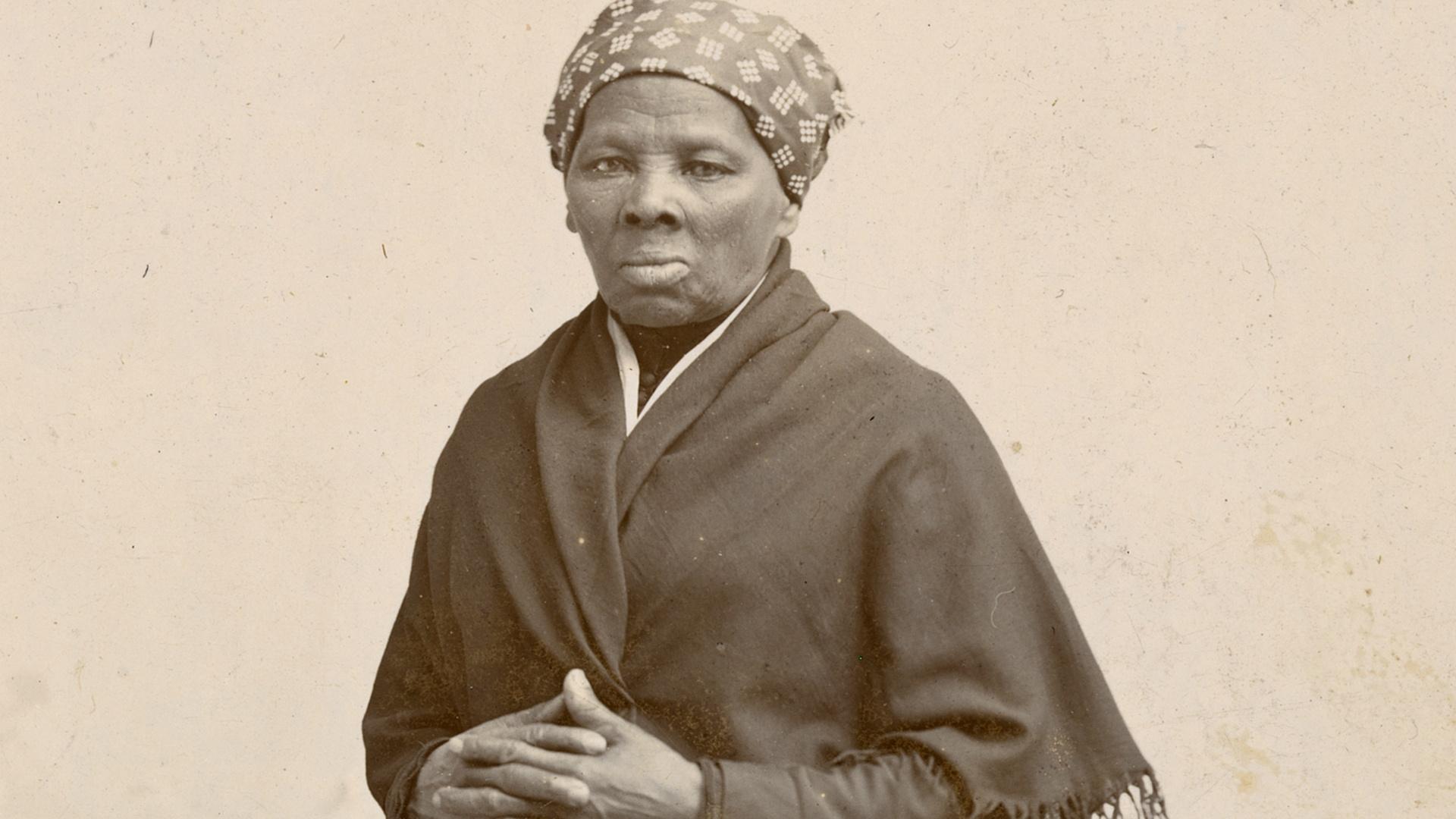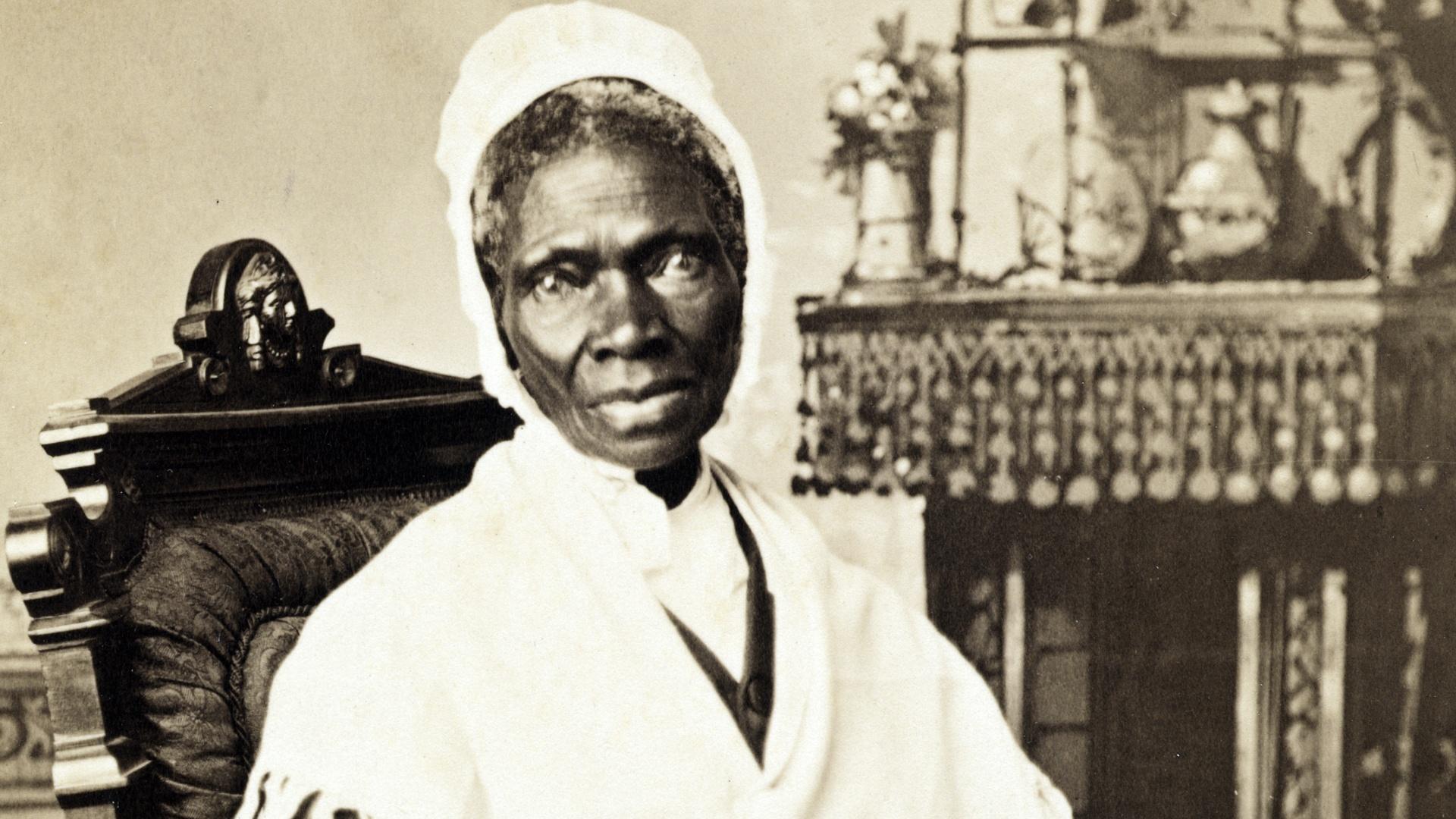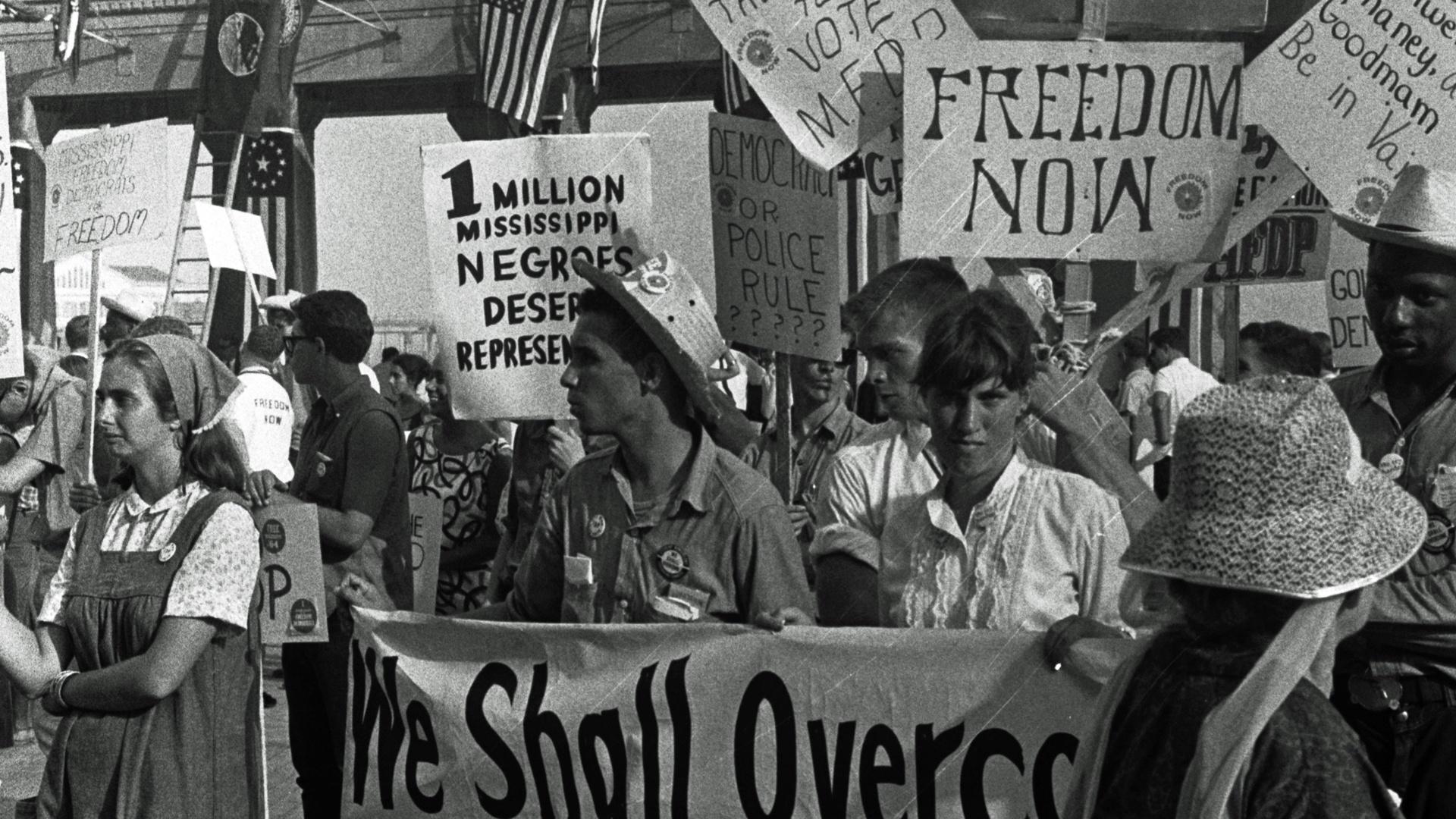
New York African American Clubwomen and the Quest for Suffrage
by Lillian Serece Williams, Ph.D.
University at Buffalo, SUNY
Nineteenth century African American women recognized the necessity of operating in the public arena to address those inimical circumstances under which they and their communities lived long before the 1848 Seneca Falls conference. When Maria W. Stewart delivered an address to the African American Female Intelligence Society at Boston’s Franklin Hall in September 1832, she became the first known American woman to give a political speech in public. Her speech called on Black women to acquire equality through education. Stewart understood this meant that women needed the vote to make improved circumstances a reality for them. In her pamphlet Religion and the Pure Principles of Morality (1831), Stewart called for women’s rights and economic development and asked, "How long shall the fair daughters of Africa be compelled to bury their minds and talents beneath a load of iron pots and kettles?"
On Feb. 27, 1833, Maria W. Stewart gave a speech before a racially integrated audience at the African Masonic Hall in Boston in which she further argued:
These things have fired my soul with a holy indignation, and compelled me thus to come forward, and endeavor to turn their [African American] attention to knowledge and improvement; for knowledge is power.
Stewart’s controversial stance brought criticism from Blacks and whites. She soon left Boston and found a more receptive audience in New York where she relocated. She became a teacher and worked with African American club women and suffragists in the city.
New York African American women had organized clubs as early as the 1830s to address critical social issues that they experienced. Many ostensibly were literary clubs that also provided opportunity for education, charity, and political engagement. Henrietta D. Ray was president of the New York City Female Literary Society. Its purpose extended beyond literary and education commitments to larger social objectives such as suffrage and in 1834 it aided the financially strapped influential newspaper The Colored American.
New York also was the home of ardent feminists and suffragists Sojourner Truth and Harriet Tubman who made her home in the upstate New York town of Auburn. Sojourner Truth reminded Americans that African American women had a unique status because they were Black, female, and largely working class. She reiterated what Stewart had told her audience some 18 years earlier—namely that African American women confronted a simultaneity of racial, sexual, and class oppressions and asked “And ar’n’t I a woman?”


White suffragists often eschewed these concerns and engaged in policies and actions that excluded African American suffragists from their reform organizations or proposals. Prominent spokespersons, like Susan B. Anthony and Elizabeth Cady Stanton, appealed to southern legislators to grant women the right to vote, by using racist tropes and suggested that lawmakers could employ the same techniques to disfranchise Black women that they had used against Black men. At its 1920 convention, the National Woman’s Party refused to allow Mary Burnett Talbert to address the convention arguing that as past president of the NACW and Vice President of the NAACP, Talbert did not represent a feminist organization but a race organization.
African American club members had come together in 1896 and organized the National Association of Colored Women’s Clubs that would become their most influential political platform. Soon they organized regional and statewide associations. Alice Wiley Seay founded the New York Federation of Women’s Clubs at the White Rose Home in New York City in 1908, following the sixth biennial convention of the National Association of Colored.
Women from across the state assumed leadership positions in the Empire State Federation of Women’s Clubs. Frances Keyser, an honor graduate of Hunter College, was its first president. She was succeeded by several illustrious women, including Oberlin college alumna Mary Talbert of Buffalo and Charlotte Dett of Niagara Falls. Dett became chair of the executive committee and later served in this capacity in the NACW. Hester Jeffrey of Rochester was national organizer and established clubs in Ohio, as well as youth groups in Western New York.
African American women in nearby Rochester caught the vision of what the world could be when women were enfranchised. Fanny Barrier Williams of Brockport had worked with Susan B. Anthony and other suffragists. Hester Jeffrey frequently met with the Buffalo clubwomen and became president of the Western New York Federation of Women’s Clubs.
Buffalo Black women understood well the importance of developing political strategies to help affect change, and they had long participated in organizations established to shape public policy. They had been abolitionists, advocates of the ratification of the 15th amendment to the Constitution that granted Black men the vote, and active in the successful 1891 school integration movement in the city that ultimately dismantled the African schools in New York State. Black women organized suffrage groups, participated in suffrage demonstrations, and lobbied legislators in an attempt to influence the vote of men in Buffalo. These women could draw upon their affiliations with the National Association of Colored Women’s Clubs, the Empire State Federation of Women’s Clubs, the Western New York Council of Women, and the Buffalo Federation of Women’s Clubs for support.
They fought assiduously for woman’s suffrage and called upon potential allies to join forces with them. The Phyllis Wheatley Club, founded in 1899, hosted the Empire Federation of Women’s Clubs suffrage conference at the Michigan Avenue Baptist Church in Buffalo in 1910 and invited white suffragists to attend. The press gave widespread coverage to this session.
Black women’s participation in the new world order ushered in the aftermath of WWI was key to affecting change in their communities. The Black press reminded them of their civic duty to vote and the Buffalo American observed the contributions they made:
…our women are not liabilities but assets in the fight. The Struggle cannot be won without us, and it is our sacred duty as well as privilege [that] we exercise our right to franchise in such a way as to bring renown upon the Race….
We want to train an army of women to battle for economic, political and social justice. We are hoping that the underlying principles of true womanhood will so abound that there will be nothing at fault, but all to praise. Under this appeal [we] admonish all women to be mindful of their importance at the polls. Your voice measures with the vote of any and every American citizen.
The NACW proposed the establishment of schools of citizenship for newly enfranchised Black women. Georgia Nugent, chair of the NACW Executive Committee, told delegates at the 1920 Tuskegee convention, “The ballot without intelligence back of it is a menace instead of a blessing and I like to think that women are accepting their recently granted citizenship with a sense of reverent responsibility.” Buffalo Black women founded the Negro Women’s Civic and Research Club to address just such challenges. It met frequently at its headquarters on Clinton Street in the heart of the growing Black community. Organized to study “thoroughly vital points pertaining to our government and the Negro race,” the club hoped to guide and teach “self-independence as it pursued equality of opportunities for African Americans. At its inaugural meeting, Mrs. John Campbell, president, discussed the “real significance” of being a true American. Mrs. Edith Payne facilitated an open forum entitled “The Value of the Vote.” Members conducted seminars on the speeches of local and national political figures and Blacks’ struggle for self-determination.
Mary Talbert was one of their most effective leaders and later became president of the National Association of Colored Women’s Clubs where she worked with feminists and social justice advocates across the country. Talbert also took their message to the international arena when she represented the NACW at the International Council of Women in Norway and advocated for human rights for the disfranchised. Later Talbert and other former presidents of the National Association of Colored Women’s Clubs joined forces to found the International Council of Women of the Darker Races that united American women of color and women from Africa, Asia, and the Caribbean to confront their post-World War world.
Black women celebrated when Congress passed the Susan B. Anthony Amendment in 1920. However, African American suffragists’ struggle for the vote remained a protracted one, even after the ratification of the 19th Amendment. In the South, they faced Jim Crow laws which suppressed their vote and later found some relief when Congress enacted the Voter Rights Bill of 1965. Today, their struggle to protect their vote and to eliminate voter suppression continues under the leadership of Stacy Abrams’ Fair Fight and other organizations.


Prof. Williams is Associate Professor and former chair of the Department of African American Studies at the University at Buffalo. Her work focuses on the intersection of race, ethnicity, gender, and social and political organizations. After decades of research, Prof. Williams is currently writing a biography of Mary Burnett Talbert.
Watch
Dr. Lillian S. Williams shares her inspiration behind becoming an activist and educator, and how her father helped her see the truth about Black History. Her life’s work is focused on preserving that tradition. Dr. Williams appears in Discovering New York Suffrage Stories - A WNED PBS original production.

Major support for Discovering New York Suffrage Stories was provided by The National Endowment for the Humanities: Exploring the Human Endeavor, by the Susan Howarth Foundation, and KeyBank in partnership with First Niagara Foundation. With additional funding from the Fred L. Emerson Foundation and Humanities New York.